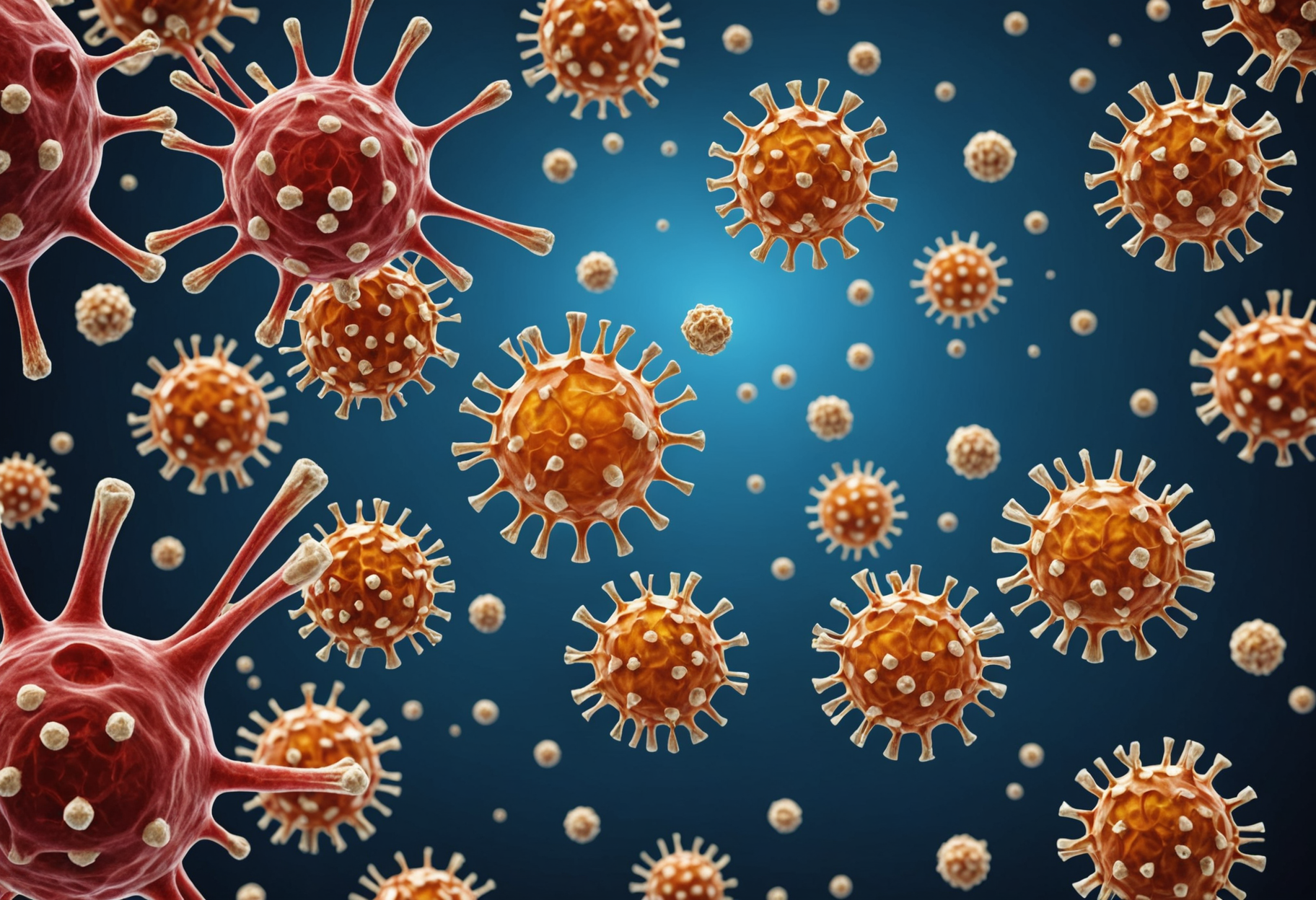Cervical cancer is one of the most preventable yet still life-threatening forms of cancer affecting women worldwide. Understanding what causes it and how to prevent it can significantly reduce your risk. In this guide, we’ll explore the major causes, highlight medications that cause cervical cancer and treatment options, and share practical prevention tips you can take today.
What Causes Cervical Cancer?

Cervical cancer begins in the cells lining the cervix, the lower part of the uterus. The primary cause is long-lasting infection with certain types of human papillomavirus (HPV), a very common sexually transmitted infection. Not everyone with HPV will develop cervical cancer, but certain high-risk strains, such as HPV-16 and HPV-18, account for about 70% of all cases.
According to the CDC, nearly all cervical cancers are caused by HPV. However, other risk factors increase your chances, including smoking, having a weakened immune system, and prolonged use of birth control pills. Medications that affect hormone levels or suppress immune function may also play a role.
In rare cases, certain prescribed drugs may increase susceptibility. It’s important to consult with your healthcare provider if you have concerns about medications that cause cervical cancer and treatment alternatives.
Recognizing Early Warning Signs

Cervical cancer often develops slowly and may not cause noticeable symptoms in its early stages. This is why regular screening is critical. When symptoms do occur, they may include:
- Abnormal vaginal bleeding (after sex, between periods, or after menopause)
- Unusual vaginal discharge
- Pain during intercourse
- Pelvic pain
Because these symptoms can also be caused by other conditions, getting them checked ensures early detection and effective treatment. The American Cancer Society recommends women begin screening for cervical cancer at age 25 and continue through age 65 as advised by their physician.
Effective Prevention Strategies

The good news is that cervical cancer is highly preventable. Several steps can drastically reduce your risk:
- Get vaccinated against HPV – ideally before becoming sexually active
- Schedule regular Pap tests and HPV screenings
- Use protection during sex to lower HPV transmission risk
- Quit smoking, as tobacco use increases your cancer risk
- Maintain a healthy immune system and avoid prolonged use of hormone-altering drugs unless medically necessary
Additionally, being informed about medications that cause cervical cancer and treatment options helps you make smart healthcare decisions.
Exploring Treatment Options

If diagnosed early, cervical cancer is one of the most treatable cancers. Treatment varies depending on the stage of cancer and may include surgery, radiation therapy, chemotherapy, or targeted drug therapy. According to The National Cancer Institute, early-stage cervical cancer can often be treated with a hysterectomy or conization—a procedure removing only a portion of the cervix.
It’s vital to have open discussions with your healthcare team, especially if you're taking immunosuppressant or hormone-related medications. These can influence both the risk of developing cervical cancer and how treatments might impact you specifically.
Cervical cancer remains a serious health concern, but understanding its causes, early signs, and ways to prevent it can empower you to take control of your health. With regular screenings, vaccination, and informed choices about your medications and lifestyle, the risk can be significantly reduced. If you’re curious about cervical cancer prevention or concerned about the effects of certain medications, learning more can help you make an informed decision with your doctor.
